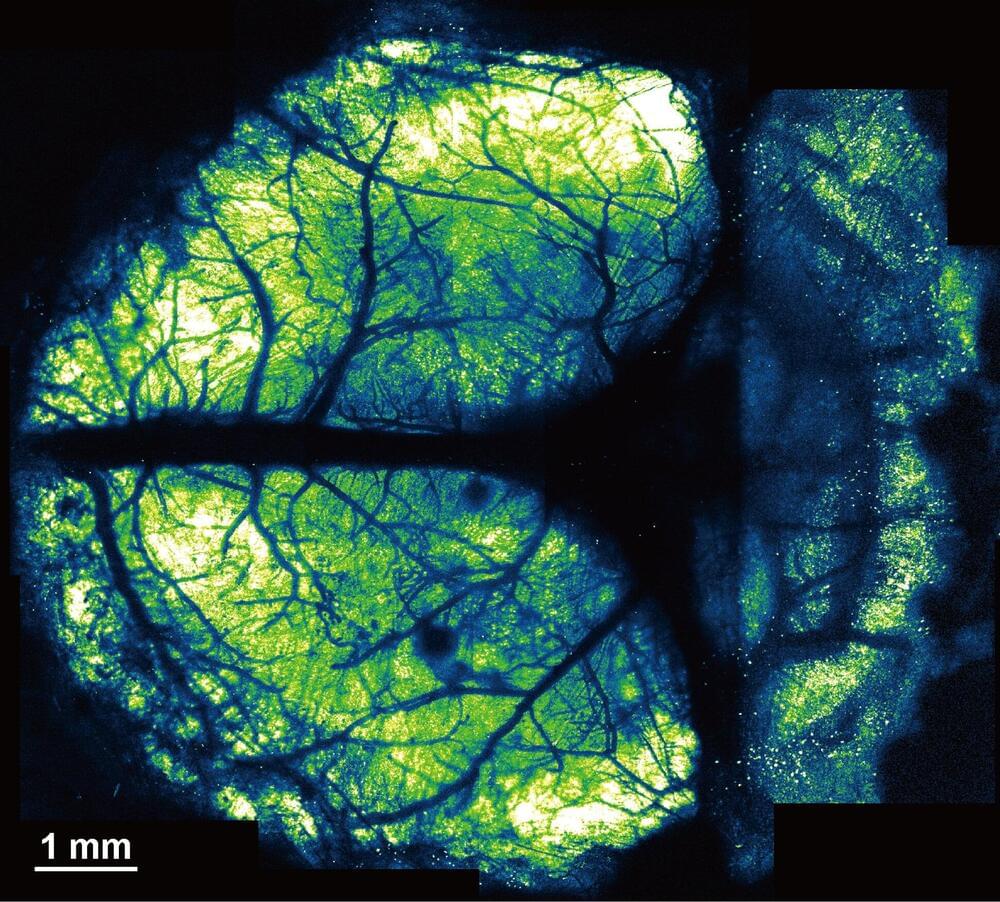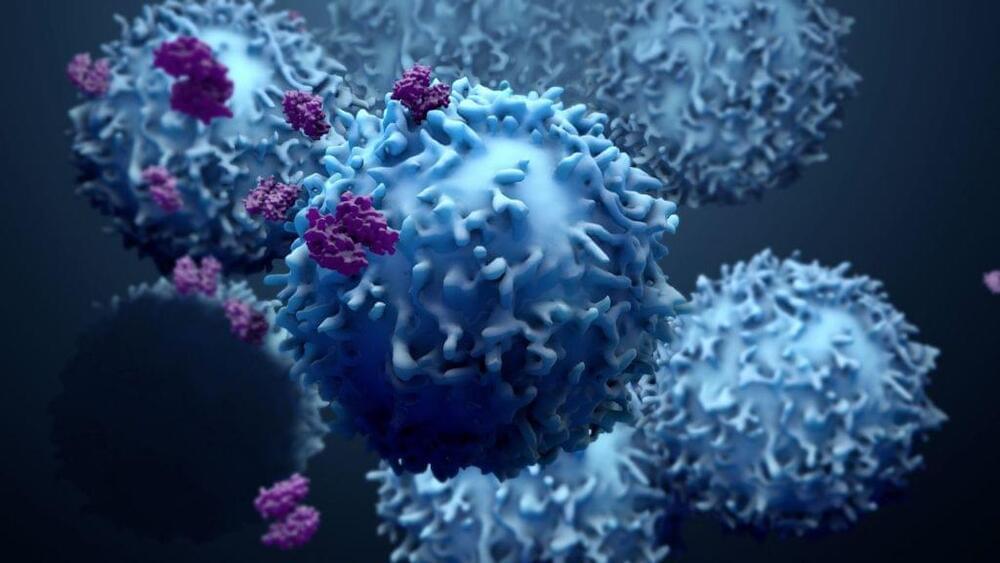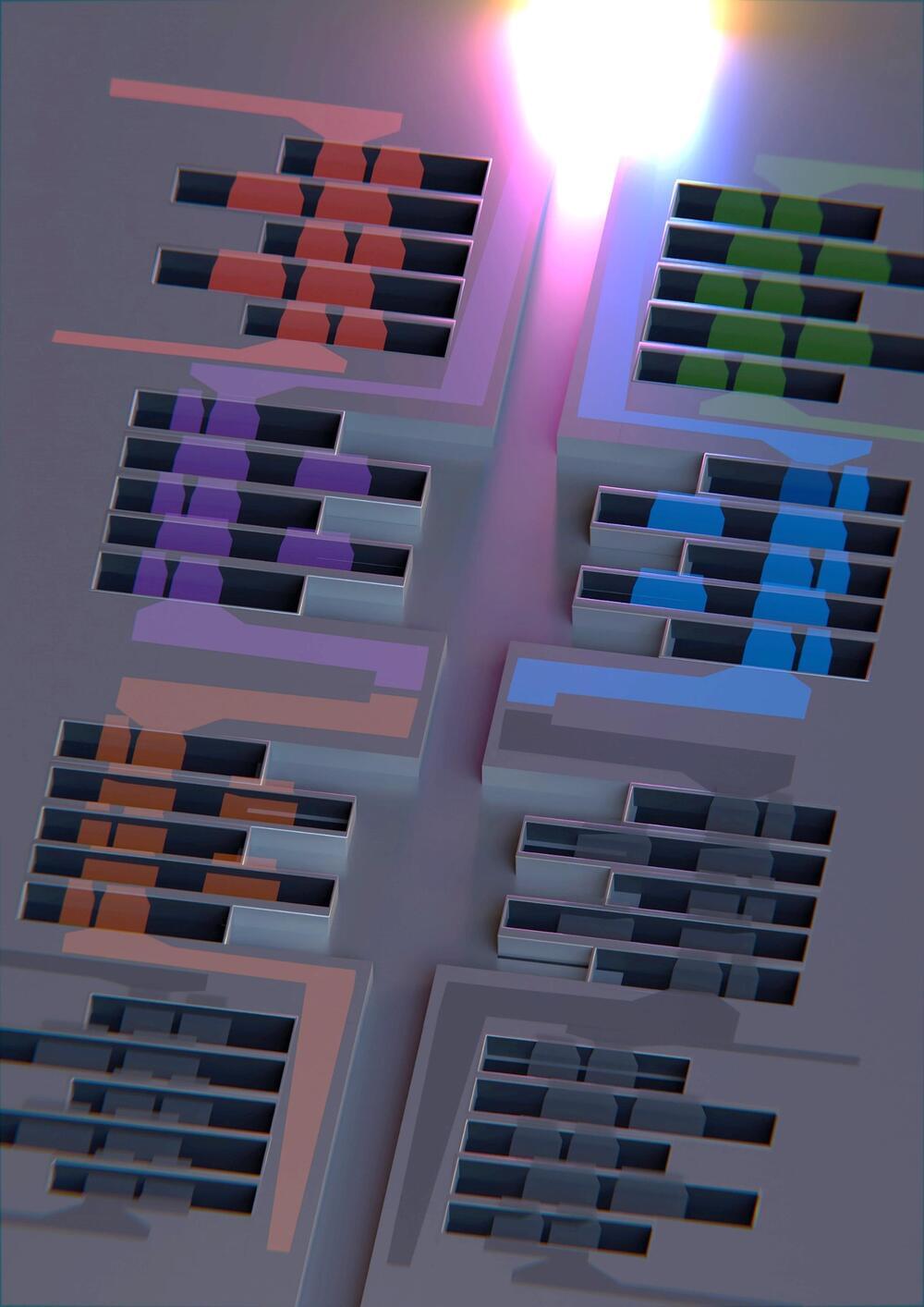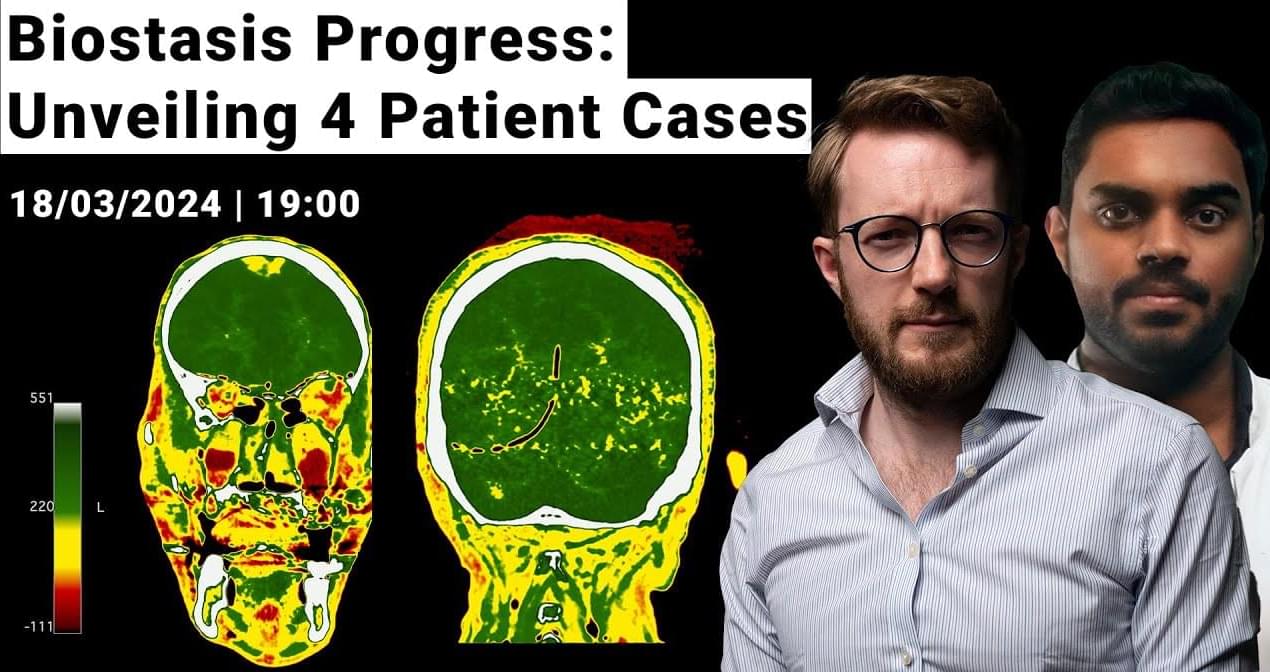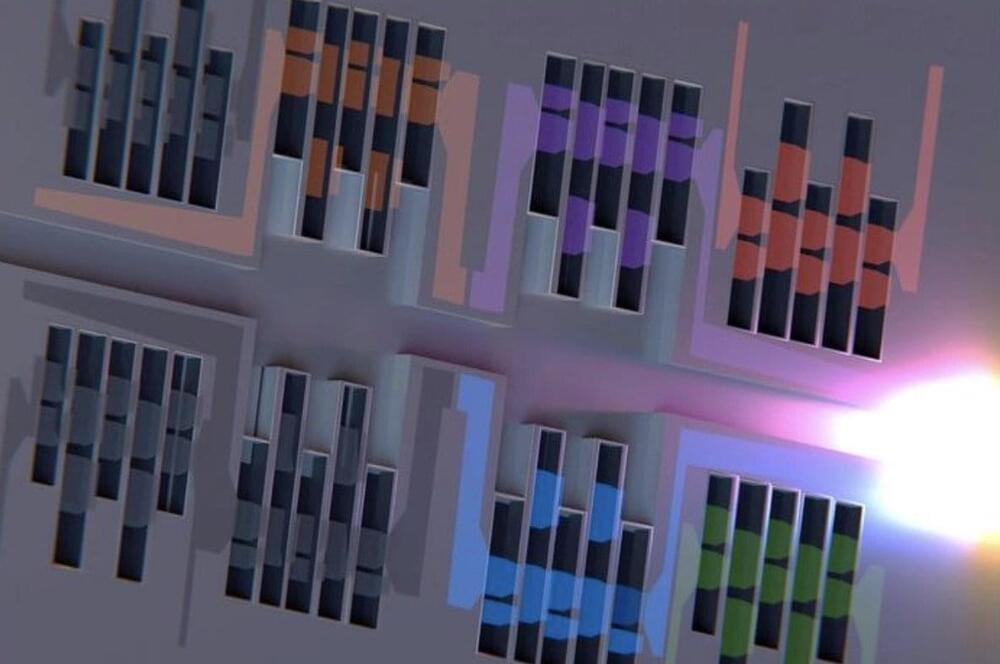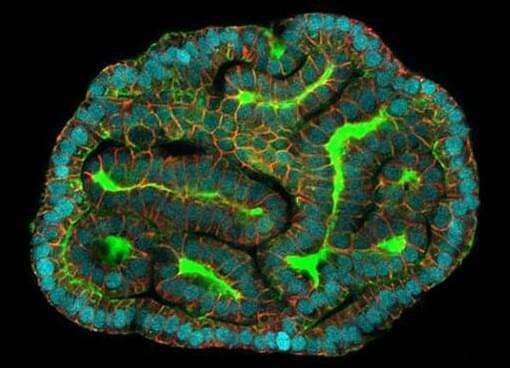Mar 10, 2024
Unlocking the Cosmic Recipe for Planet Formation
Posted by Saúl Morales Rodriguéz in categories: alien life, innovation
Researchers have discovered significant amounts of water vapor in the disc around the young star HL Tauri, suggesting the presence of water where planets are forming. This breakthrough, enabled by the ALMA telescope in Chile, marks the first time astronomers have been able to quantify water vapor in a cool, stable disc conducive to planet formation. The findings could have profound implications for our understanding of how planets, particularly those capable of hosting life, are formed. (Artist’s concept.) Credit: SciTechDaily.com.
Researchers have found water vapor in the disc around a young star exactly where planets may be forming.
Continue reading “Unlocking the Cosmic Recipe for Planet Formation” »


